You may have seen on many of my recipes titled “onion free” or “garlic free” and wonder why this is something I mention. I follow a diet known as the low FODMAP diet as one part of lifestyle management of my chronic intestinal symptoms due to irritable bowel syndrome and small intestinal bacterial overgrowth. This diet is currently used as a lifestyle modification for patients with these, as well as other chronic intestinal disorders, for symptom management.
What exactly are FODMAPs?
FODMAPs are a group of short chained carbohydrates, the acronym standing for:
Fermentable
Oligo-
Di-
Mono-saccharides
And
Polyols
There are 5 main types of FODMAPS
Lactose– common in dairy products
Fructose– sugar found in some veggies, fruits and sugars such as honey and high fructose corn syrup
Fructans– found in gluten containing products, vegetables such as onions and garlic
Galacto-oligosaccharides– common in beans
Polypols (such as mannitol and sorbitol)- found in sweeteners, fruits and vegetables
Role of FODMAPS in IBS:
IBS patients perceive pain and discomfort due to a heightened response to gut motility and gut sensitivity. When the gut moves and gas/water pass, patients can develop bloating which will lead to pain and discomfort. The bloating and distension can also lead to changes such as diarrhea, constipation or a mixture of constipation and diarrhea.
The short-chained carbohydrates (FODMAPS) are poorly absorbed by the intestine (sometimes not absorbed at all) and will increase water into the intestines leading to the above changes in motility, gas, bloating and alterations in bowel habits.
FODMAPS are also fermented by the bacteria in the colon due to not being properly absorbed in the small intestine. The fermentation within the colon will lead to excessive gas and further bloating and pain.
This list of FODMAP containing foods is long. I have complied a short list of common high FODMAP foods.
Common High FODMAP foods
Vegetables
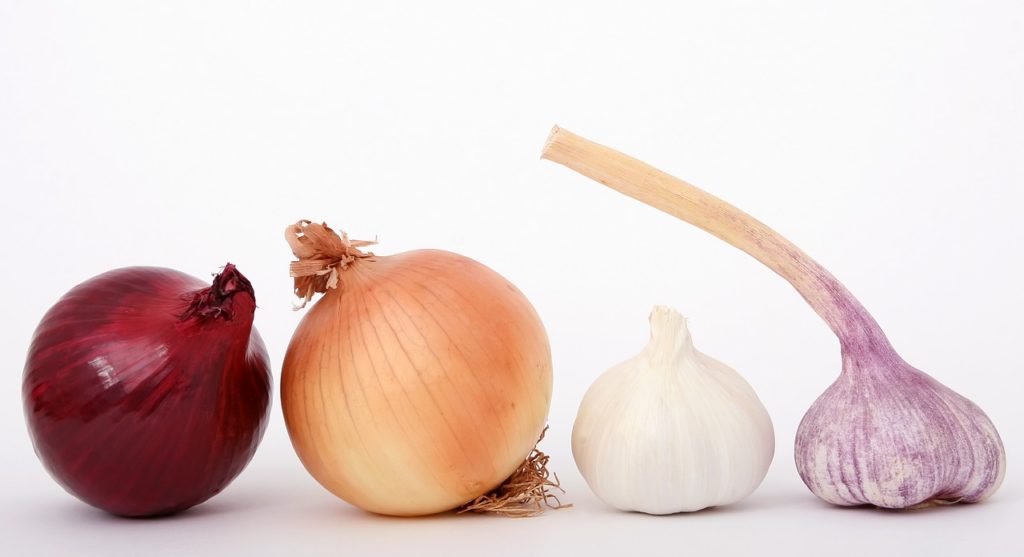
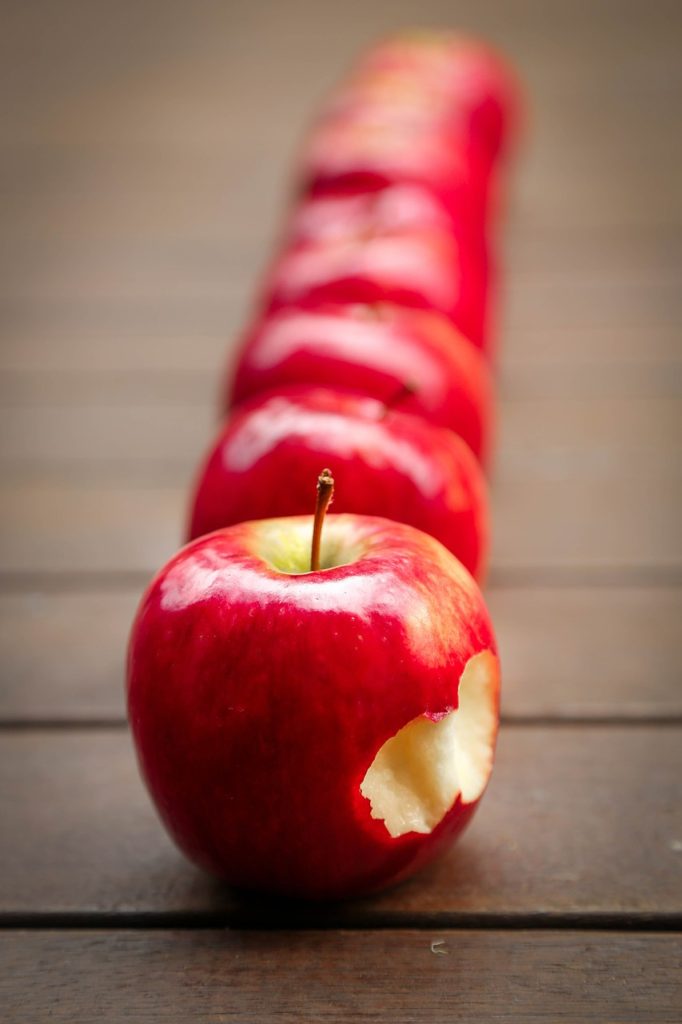
- Onion (including dried)
- Garlic (including dried)
- Mushrooms
- Cauliflower
- Artichokes
- Leeks
- Celery
- Snow peas
Fruits
- Apples
- Pears
- Blackberries
- Watermelon
- Peaches
- Plums
- Apricot
- Avocado
- Dried fruits
- Fruit juices
Nuts and Seeds
- Cashews
- Pistachios
- Other nuts and seeds become high fodmap depending on portion size
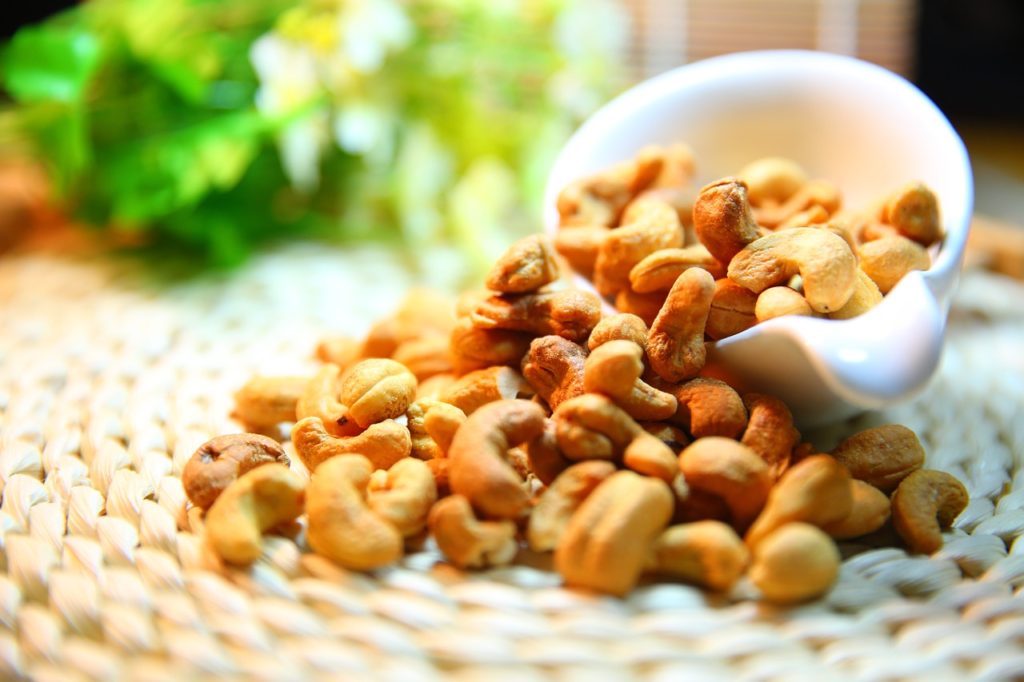
Legumes
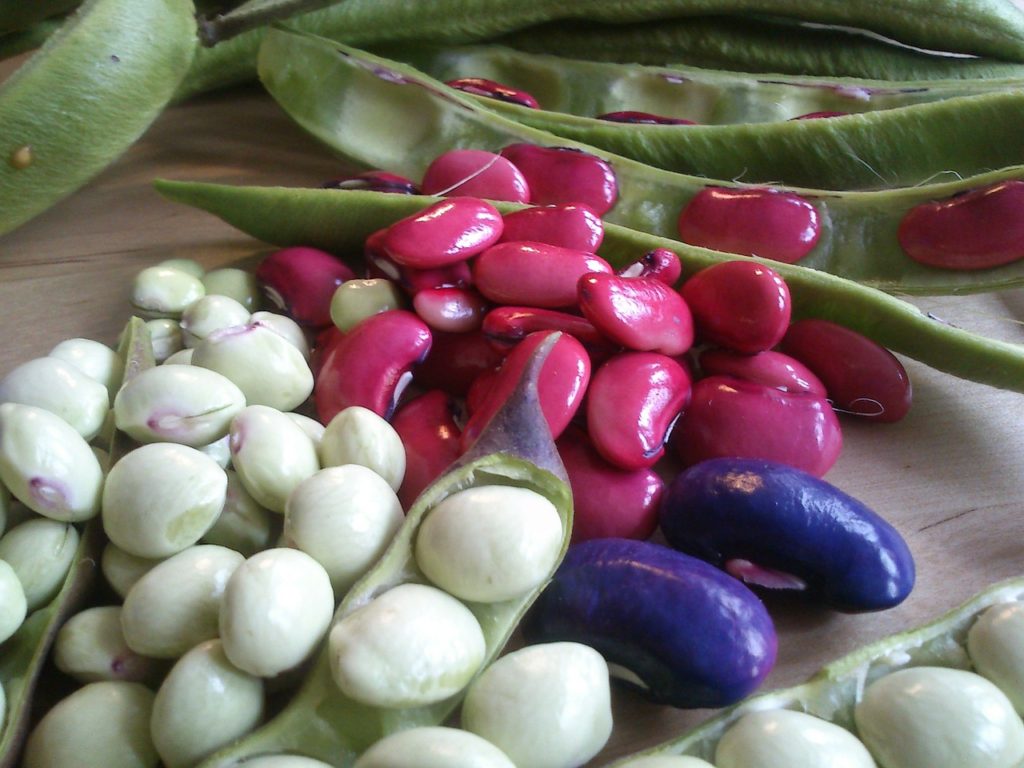
- Black beans
- Pinto beans
- Kidney beans
- Soy beans
Grains
- Gluten containing products such as wheat bread, pasta
- Amaranth
- Barley
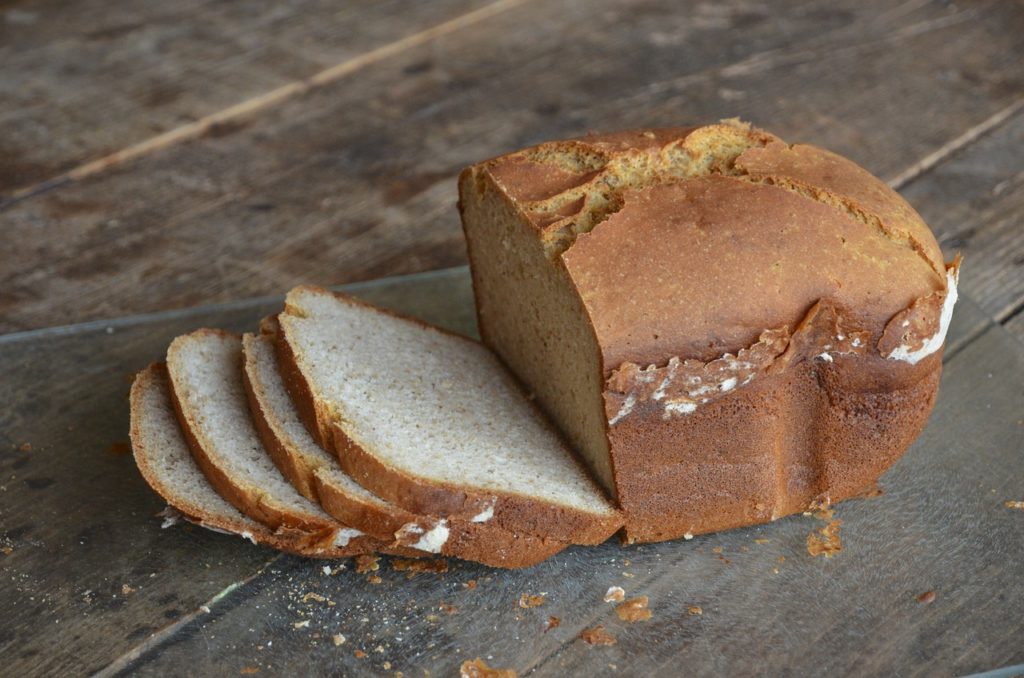
Lactose
- Goats milk
- Cow milk
- Sheeps milk


Sugars
- Fructose
- Honey
- Maple syrup
- High fructose corn syrup
- Agave syrup
- Sugar substitutes such as erythritol, xylitol
As you can see this list is long and as you can imagine an elimination diet with a lengthy list such as this is complicated, has side effects and is not without risk.
As a reminder, this blog is not intended to be medical treatment or advice. As always, consult your physician prior to starting any diet or treatment.
If you live in CA, TX, OH, GA or NC and would like more information on my IBS lifestyle management program feel free to email me at neversayneverwellness@gmail.com
